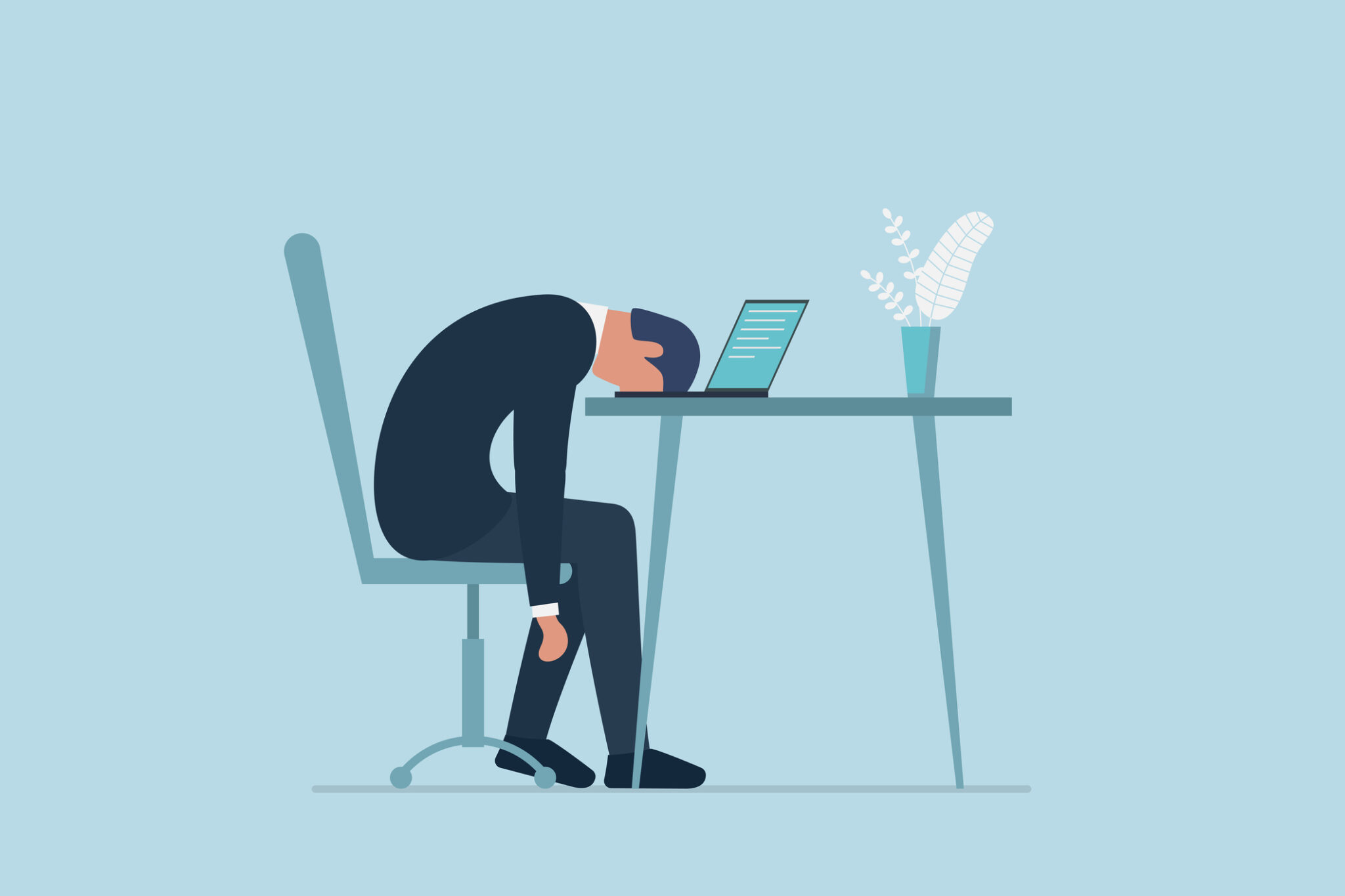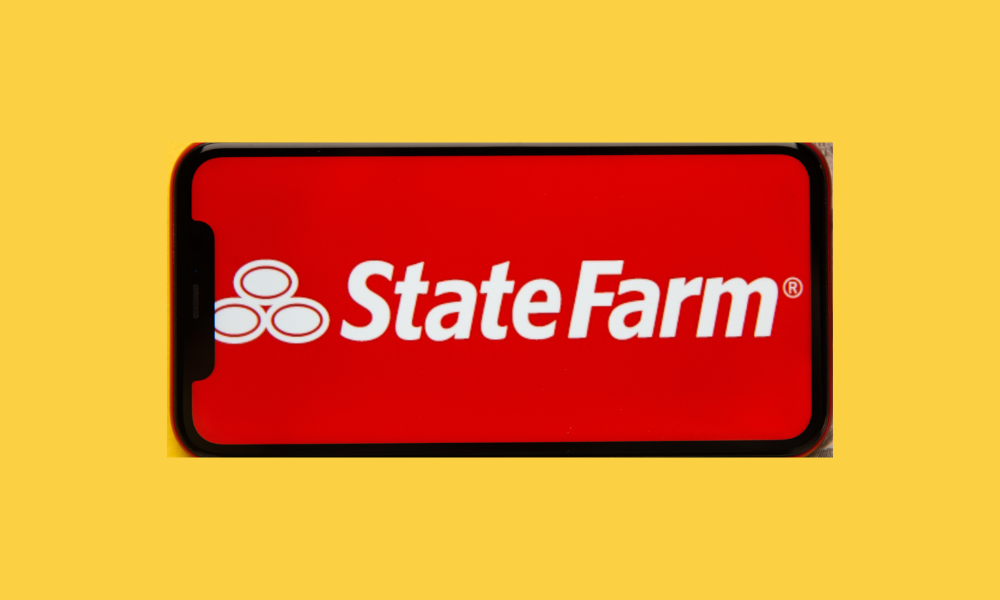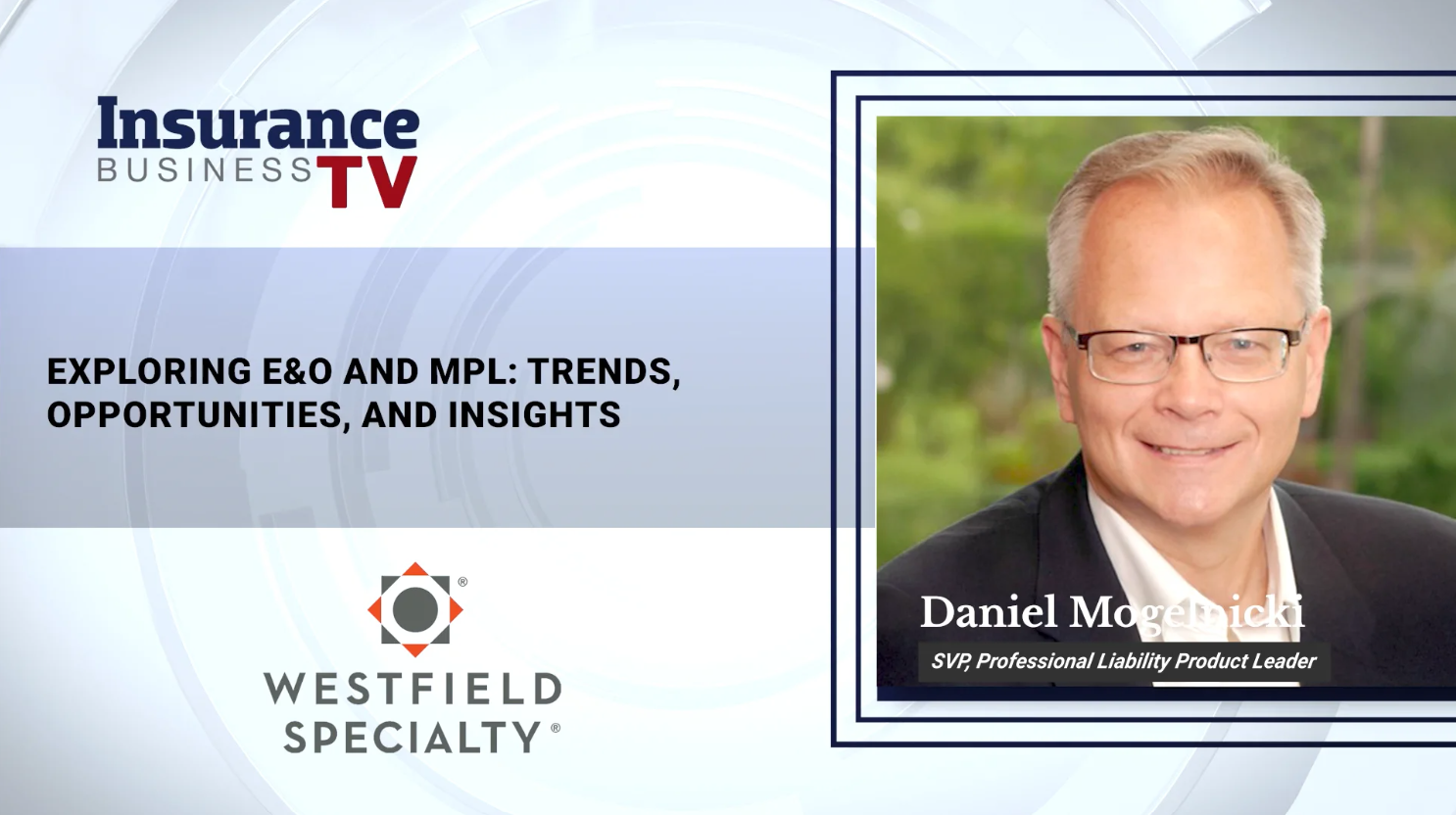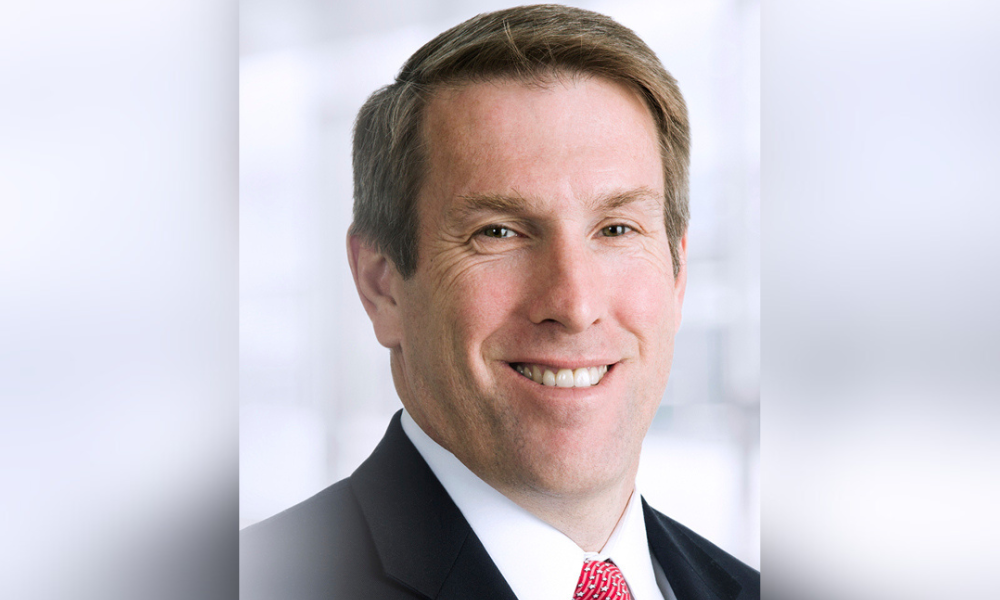Financial and logistical risks aplenty, necessitating guidance and consultation

Insurance News
By
Kenneth Araullo
Property and casualty insurance premiums have seen a substantial rise across the United States over the past year, with coverage for homes, vehicles, and valuable collections increasing at a double-digit rate.
According to Hub International, homeowners in disaster-prone states like Florida and California have experienced the sharpest premium hikes, often exceeding 20%. In some cases, families in these regions are finding it difficult to secure coverage as insurers withdraw from areas with high risk of natural disasters. This has led some homeowners to consider dropping their insurance policies and taking on the risk themselves.
“I think one of the biggest challenges continues to be capacity. That stems from rate inadequacy that exists in the marketplace today, whereby carriers aren’t able to charge a rate that’s consistent with the risk,” Hub International executive vice president and Private Client division head Katherine Frattarola said in an interview with Insurance Business.
For affluent homeowners facing this decision, she emphasized several important factors to consider before choosing to self-insure. If there is an outstanding mortgage or home equity line of credit on a property, lenders will generally require homeowners’ insurance to remain in place. Therefore, paying off any balance would be a necessary first step.
While this is financially feasible for some, it’s essential to consult with wealth advisors or CPAs before liquidating investments to pay off a mortgage, as this could lead to tax implications and impact broader financial goals.
An alternative approach could involve exploring a securities-based loan, which may provide a more tax-efficient option. However, this could limit liquidity for other financial needs or reduce flexibility to move assets between institutions.
Additionally, homeowners subject to association agreements or co-op policies should ensure that they fully understand their obligations, as certain agreements might mandate individual coverage in addition to any master policies.
Before deciding to drop coverage entirely, it is also critical to evaluate the actual financial risks involved. While homeowners may focus on the replacement cost of the dwelling, other expenses like debris removal and cleanup, which can be significant in partial-loss scenarios, must also be considered.
Dropping homeowners’ insurance could also affect other policies, such as auto or umbrella liability coverage, potentially leading to higher premiums in those areas. Any decision to self-insure should factor in these possible ripple effects.
“For clients who are looking for solutions, it’s important that they work with risk advisors that are consultative and innovative, those that have the expertise in high net worth and have leverage with the markets to be able to sort of create innovative product design and to be able to get access to that hard-to-get capacity,” Frattarola said.
Key considerations for self-insurance
Assessing the likelihood of a catastrophic loss is another key consideration. Insurance premiums are determined by the insurer’s actuarial risk assessment, which includes both the home’s value and its vulnerability to natural disasters.
In contrast, when self-insuring, homeowners are wagering that any potential losses they incur will cost less than the premiums saved. Hub International recommends professional assessments, such as home inspections and probability estimates for major losses, to help homeowners make an informed decision.
In addition to financial factors, non-monetary considerations also come into play. Insurers covering high-value properties often offer additional services, such as preventive inspections and post-loss support.
These services can prove invaluable during widespread disasters, helping homeowners connect with contractors, mold remediation services, and other essential providers. Frattarola suggested that any self-insurance plan should include strategies for securing these services independently if needed.
“The short of it is, for consumers right now who are living in cat prone areas, they need to make sure that they are partnered with risk advisors who are really experts in their domain, and who have strong relationships with carrier partners,” Frattarola said.
Before opting for self-insurance, Hub International suggests exploring cost-reduction strategies. One option is to raise deductibles, which can lower premiums without fully relinquishing coverage. Additionally, homeowners might reduce coverage for certain possessions, such as jewelry stored in a safe or non-investment artwork.
Another consideration is to opt for policies that exclude specific perils, such as wildfire or hurricane damage, depending on the region’s risks.
“There are good and bad cat years. You’ll always see some cycles, where, in one year, you’ll feel good, because there wasn’t a lot of wildfires, or there weren’t a lot of hurricanes – but the pendulum goes back and forth,” Frattarola said.
In summary, the decision to self-insure involves more than just assessing the cost of premiums. Homeowners must carefully weigh the financial, logistical, and risk management aspects before deciding whether to drop coverage entirely.
What are your thoughts on this story? Please feel free to share your comments below.
Related Stories
Keep up with the latest news and events
Join our mailing list, it’s free!








